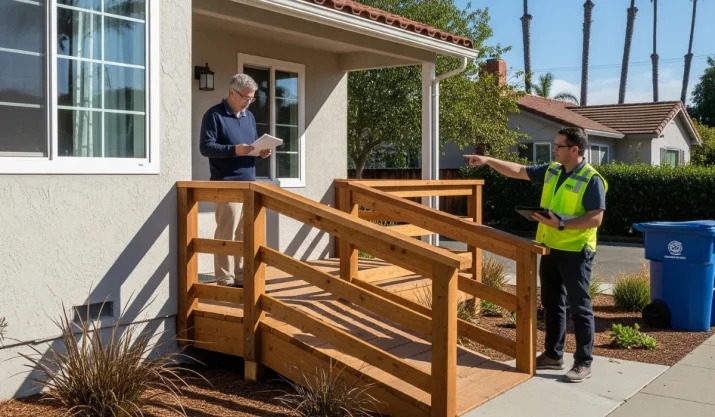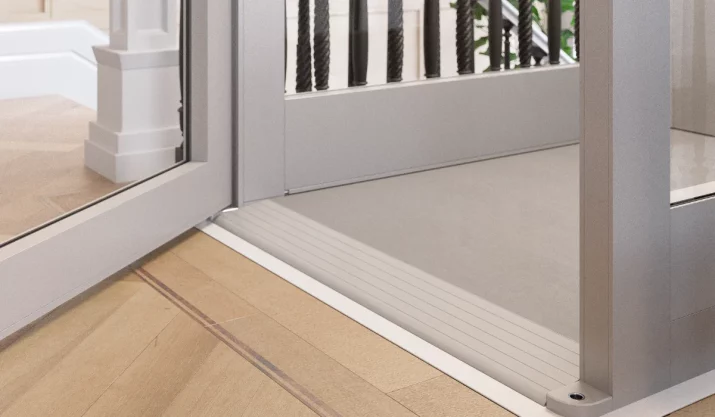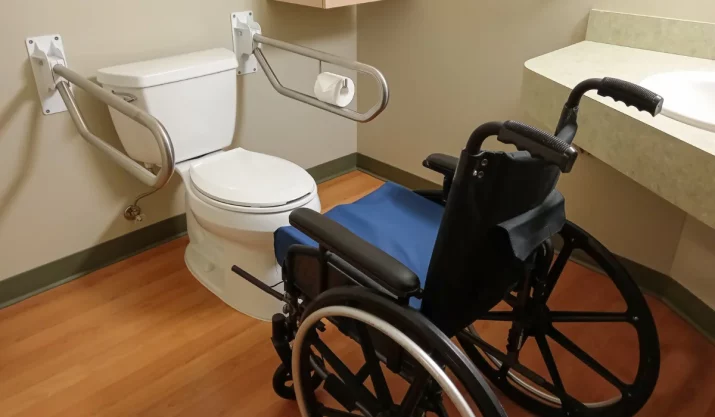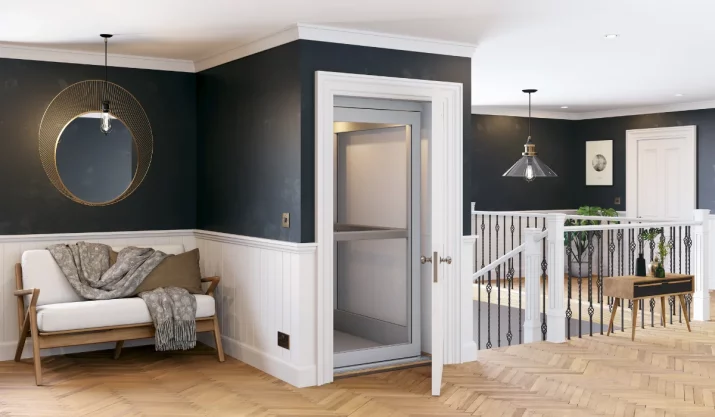Wheelchair Ramp Requirements In Sacramento: Local Rules And ADA Compliance

Table of Contents
A home ramp can make daily life easier for wheelchair users and their families. In Sacramento, you must follow ADA rules so the ramp is safe and easy to use. Knowing these rules helps you avoid mistakes and keep your home accessible for loved ones.
Some people believe that only public buildings are required to comply with the ADA. Homes must also comply with local and federal regulations. Whether you add a new ramp or replace an old one, these basics help ensure your project passes inspection and meets your family’s daily needs.
This guide covers Sacramento ADA ramp rules, local code details, common ramp options, aluminum modular systems, and how California Mobility installs ramps that meet the regulations.
Key Takeaways
- Sacramento adheres to ADA ramp design standards for ensuring safety and accessibility.
- Ramps must have a 1:12 slope, which means you need 1 inch of rise for every 12 inches of run.
- Handrails, landings, and materials, such as modular wheelchair ramps, all affect compliance.
- Professional help ensures your home accessible upgrade meets both ADA and local codes.
Understanding Sacramento ADA Requirements For Wheelchair Ramps
The Americans with Disabilities Act (ADA) sets the foundation for accessibility nationwide, and Sacramento closely follows these rules. The city also enforces local building codes to make safe raised entryways for seniors and individuals using mobility aids.
If you want to build a safe and sturdy wheelchair ramp for your home, your ramp must follow the maximum slope requirements, which must be 1:12. This means that you need to have one foot of ramp length for every inch of rise, so wheelchair users and scooter riders can move safely without strain.
Inspectors in Sacramento also check for stable landings, handrails where needed, and slip-resistant surfaces in wheelchair ramps to prevent accidents. Whether you’re planning a small entry ramp or a longer ADA ramp, following both local and federal ADA requirements for wheelchair ramps guarantees comfort, safety, and compliance for your household.
Handrails, Landings, And Level Platforms
In Sacramento, the building code requires wheelchair ramps to include handrails on both sides when the rise exceeds six inches. They should be sturdy, easy to grip, and extend 12 inches beyond the top and bottom of the ramp to meet ADA requirements.
Add a level landing every 30 feet for safe resting. At the top, provide a flat area wide enough to open the door without rolling back. On steep or uneven sites, consider a platform lift for safer access.
Choosing The Right Ramp Solutions For Your Sacramento Home
Not every home needs a permanent concrete ramp. Sacramento homeowners often choose portable ramps, threshold ramps, curb ramps, or modular wheelchair ramps, depending on space and budget.
- Portable ramps are suitable for short-term use or rentals. Many support wheelchairs and scooters, but be sure to check the weight rating to ensure compatibility.
- Threshold ramps bridge small height changes at doors, where a few inches can block entry.
- Curb ramps help at driveways and walkways, allowing users to cross curbs smoothly.
- Modular aluminum ramps are a popular long-term option. They can be adjusted, expanded, or moved.
You can customize your ramp to match your home’s design. During your in-home consultation, our experts at California Mobility measure your layout and recommend the ideal ramp length and best materials for your wheelchair ramp, tailored to your space.
What To Expect During Wheelchair Ramp Installation
A professional wheelchair ramp installation begins with a site evaluation to determine slope, height, and entry points. Installers ensure the ramp meets Sacramento’s ADA and service area codes while maintaining your home’s style and aesthetic.
Depending on your needs, your project may include both a stair lift and a ramp for multi-level access. Every product from us at California Mobility comes with a warranty, giving you confidence that your home modification investment will last.
Our Sacramento showroom also features a display of ramp solutions and stair lift models, allowing you to compare features and read customer reviews before making a decision.
Making Your Sacramento Home Accessible With ADA-Compliant Ramps
Creating an accessible home is about more than meeting codes; it’s about comfort, confidence, and independence. With safe design, smooth access points, and the right materials, you make everyday movement easier for everyone.
At California Mobility, we help Sacramento homeowners plan and install ramps that fit both space and lifestyle, using ADA-compliant designs that look good and last.
Contact us today to speak with a local accessibility expert and schedule your in-home assessment.






